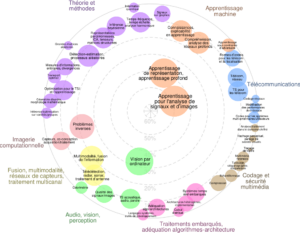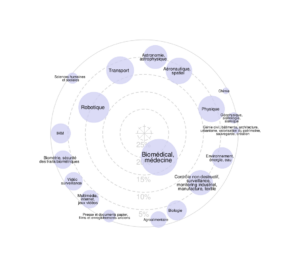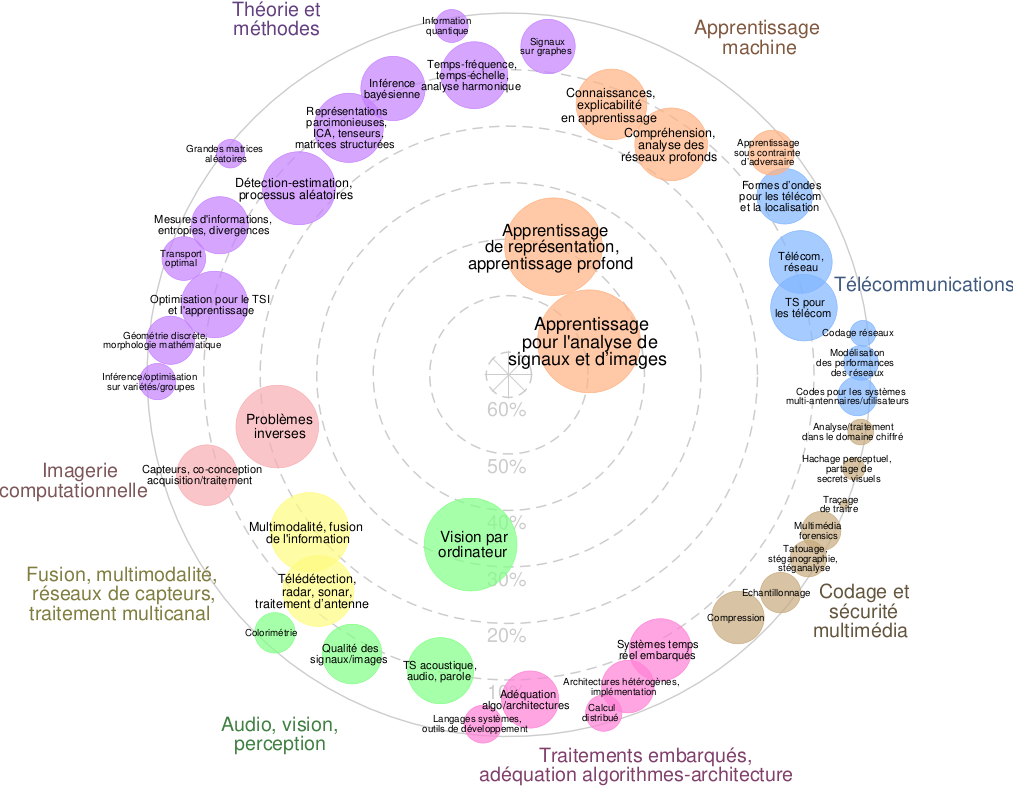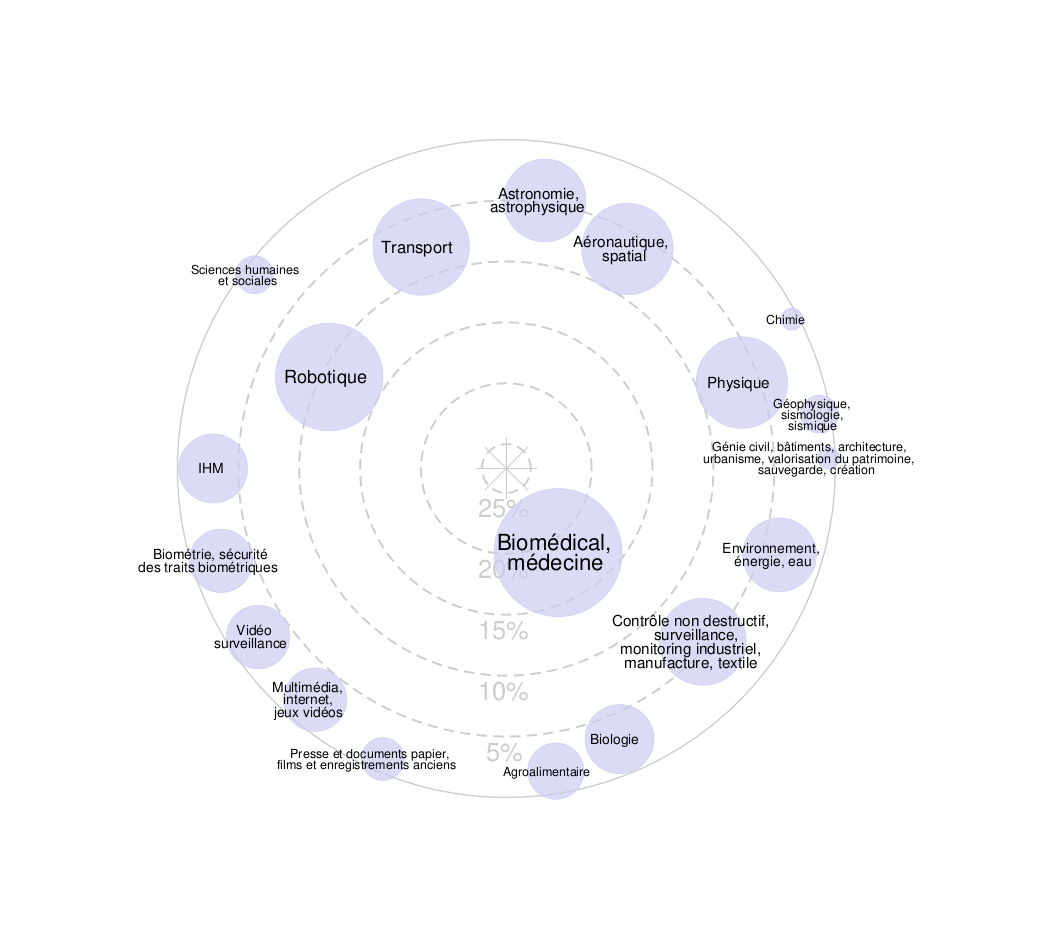Dans le cadre des Journées Imagerie Optique Non Conventionnelle, un front de science consiste en la conception conjointe de l’optique et du capteur pour reconstruire des images de qualité. Dans ce webinaire, la partie optique inclut également des aspects de mémoire qui permettent un traitement tout optique qui va au delà de la seule image. Marco Leonetti livre une présentation de haut niveau, à la fois riche et inspirante à l’interface de l’apprentissage machine, de la physique statistique et de l’optique ondulatoire en milieu diffusant. Il y propose des architectures matérielles de deep learning à base de micro-miroirs adressés DMD (Digital Micro Device) et très efficaces d’un point de vue énergétique.
Titre de la présentation : Memory, Light, Spin Glasses, and Deep Classification.
Intervenant : Marco Leonetti
- CNR-Nanotec, Roma Italy
- IIT-CLN2S, Roma Italy
- Rebel Dynamics, LC, Italy.
Résumé : Memory serves as the foundation for computing in both artificial and biological systems. The pioneering Hopfield model represents the initial physical-mathematical framework for memory, linking memory components to the synaptic matrix—a mathematical structure housing neural synaptic weights. Recently, a connection has been established between the Hopfield memory model and the physics governing the intensity of light transmitted through a multitude of disorganized light rays [1]. In fact, the transmission of light through a disordered, strongly scattering medium can be elucidated using the transmission matrix—a two-dimensional array delineating the attenuation and dephasing of each light mode/ray. This mapping between the optical transmission matrix and the memory synaptic matrix finds various applications. Primarily, we harnessed this connection to develop a photonic analog optical computer capable of dynamically calculating spin glass system dynamics, presenting an advantage over digital counterparts. Additionally, we utilized the intrinsic random memory patterns stored into a scattering medium to create an optical storage system [2]. These random memories can be leveraged to generate higher-hierarchy archetype memories in an emergent manner. In contrast to random memories, archetype memories can be purposefully designed by users to store meaningful information. Furthermore, we demonstrated the merging of multiple archetype memories to realize a fully optical programmable classifier, providing enhanced efficiency compared to previous architectures.
[1] ML et al: Photonic Stochastic Emergent Storage for deep classification by scattering-intrinsic patterns, Nature Communications 15, 505 (2024).
[2] ML et al: Optical computation of a spin glass dynamics with tunable complexity; PNAS May 25, 2021 118 (21) e2015207118;





